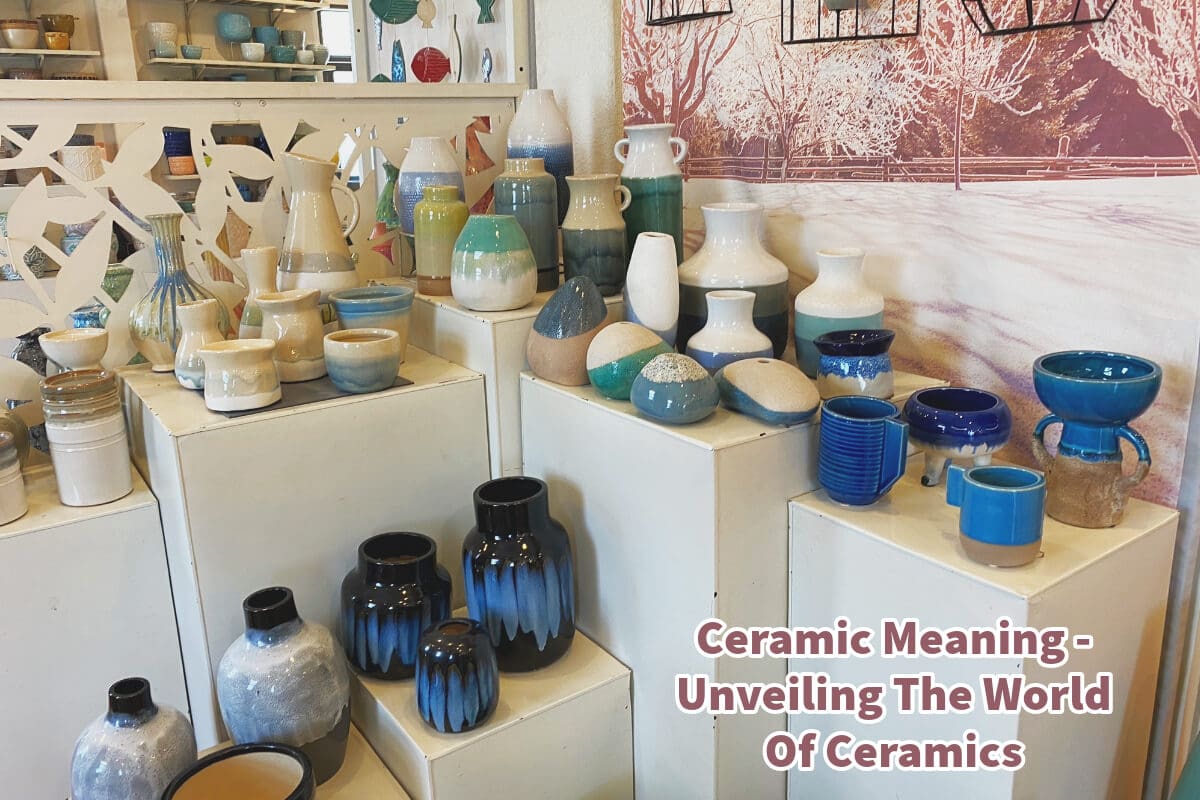Ceramics have stood the test of time, serving as a fundamental element in numerous cultures for countless generations.
Ceramics are neither metallic nor organic; ceramics possess unique characteristics such as a crystalline, glassy, or dual crystalline-glassy structure. Notably, they are challenging, chemically stable, and can undergo transformation or densification when exposed to heat.
Table of Contents
- Unveiling The Multifaceted World Of Ceramics: Beyond The Pottery Wheel
- Types of Ceramics
- Why Are Ceramics Important?
- What Defines A Material As Ceramic?
- Frequently Asked Questions
- Related Content
Unveiling The Multifaceted World Of Ceramics: Beyond The Pottery Wheel
When the term ‘ceramic’ is mentioned, the first thing that often comes to mind is pottery—a craft that dates back thousands of years. However, ceramics are far more expansive and versatile than simple clay pots or ornamental vases.
Derived from the Greek word for pottery, ‘keramos,’ ceramics have transcended their humble beginnings to become integral components in many applications, from construction materials to high-tech industrial uses.
What Are Ceramics?
In its simplest definition, ceramics are objects made from clay that undergo a hardening process through heating, commonly known as firing. But ceramics are not confined to clay alone; they have evolved to include materials like glass, enamel, concrete, cement, brick, porcelain, and chinaware.
Unique Characteristics
Ceramics are renowned for their brittleness, hardiness, and compression strength. Generally speaking, they are three to four times harder than stainless steel.
Their resistance to chemical erosion and ability to withstand high temperatures make them perfect for various applications, from kitchenware to spacecraft shields.
Types of Ceramics
There are different types and kinds of ceramics in the world of ceramics. Below are some of the different types of ceramics.
Traditional Ceramics
Glass
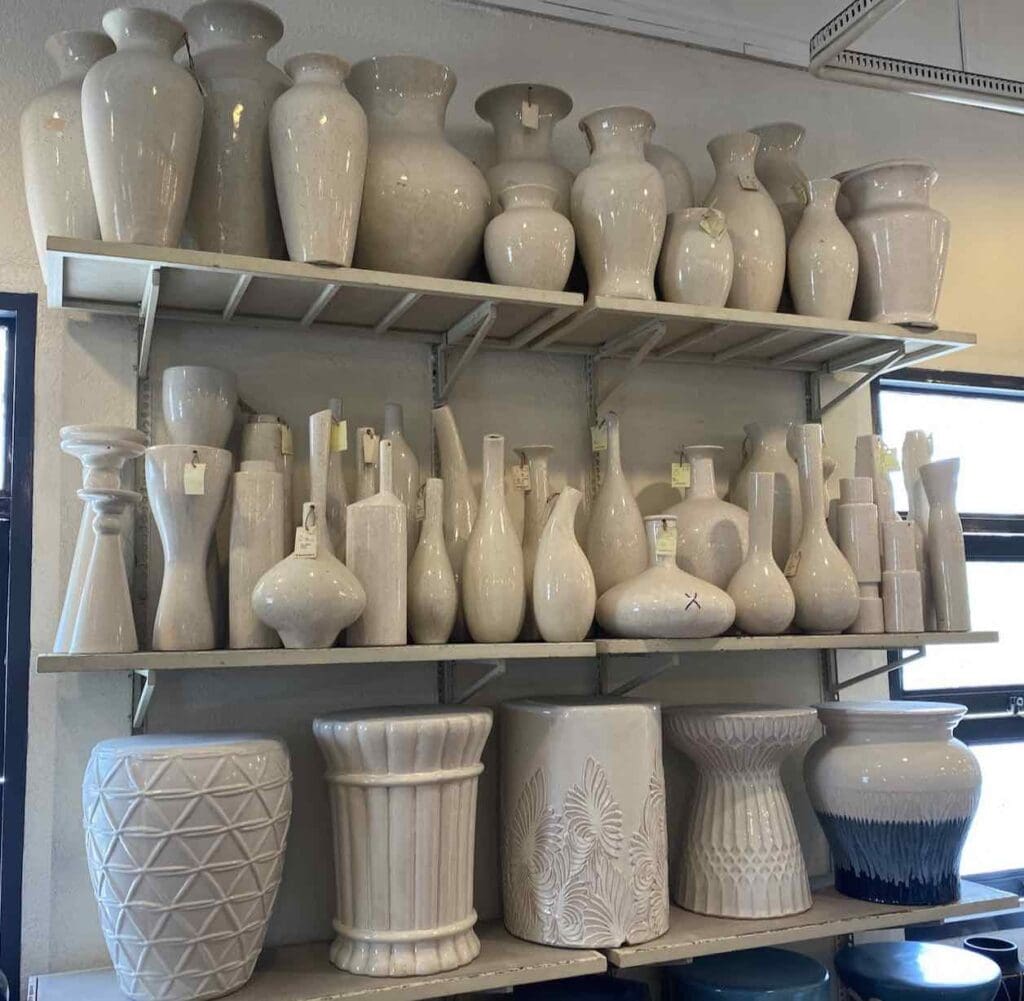
Glass is a type of ceramic that is amorphous and typically transparent. It is widely used for windows, containers, and decorative items. Its optical properties make it suitable for lenses and other vision-enhancing products.
Enamel
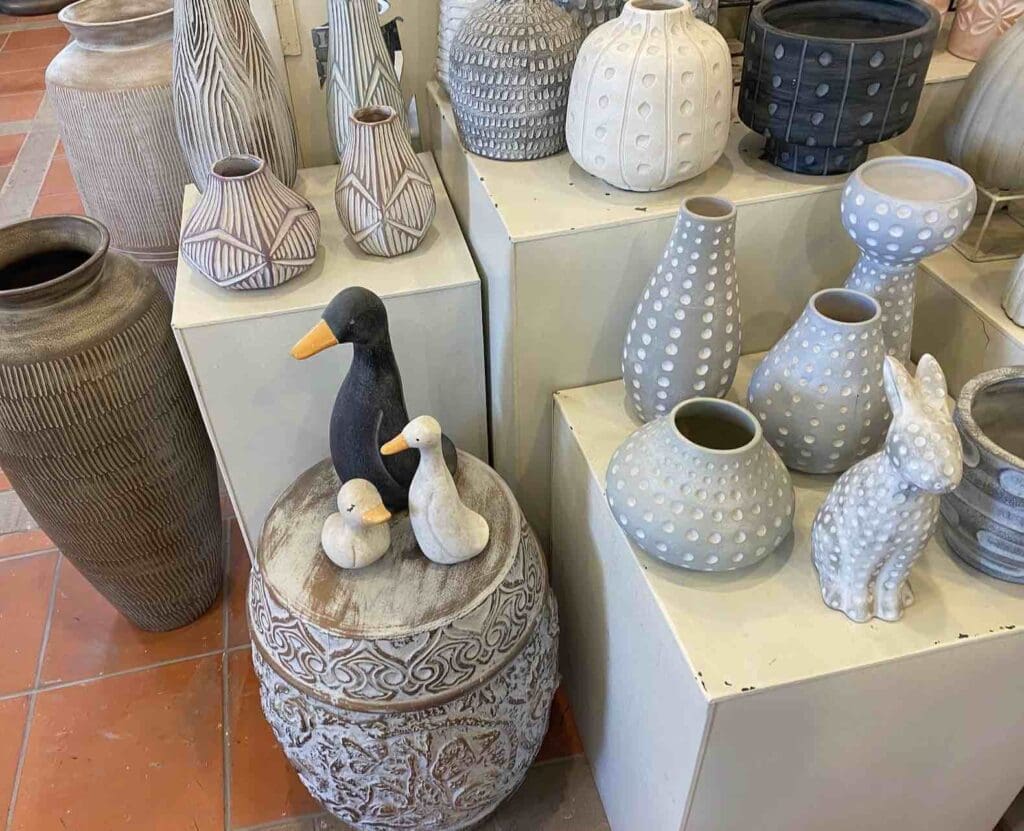
Enamel is another glassy substance applied to metal, glass, or ceramics to form a waterproof, often colorful, coating. You may encounter enamel in jewelry, cookware, or architectural applications like subway tiles.
Concrete And Cement
Though not often categorized with other ceramics, concrete and cement are, in fact, members of the ceramic family. These materials are used primarily in construction to create buildings, bridges, and roads.
Pottery, Brick, Porcelain, And Chinaware
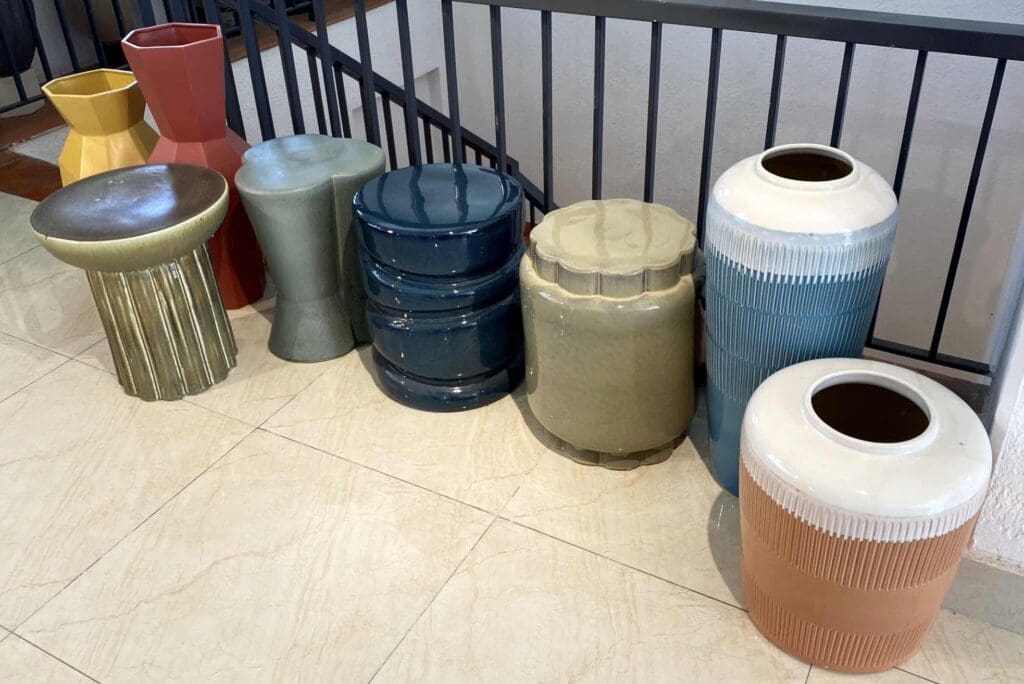
These ceramics have domestic and decorative purposes, from clay pots to elegant porcelain dishes. Bricks, made by firing clay, have been the cornerstone of construction for millennia. Porcelain and chinaware, often classified as ‘fine china,’ are valued for their beauty and strength.
Advanced Ceramics
Advanced ceramics diverge from traditional clay-based materials. These are usually based on oxide, non-oxides, or a blend. Alumina (Al2O3) and zirconia (ZrO2) are common oxides used.
Alumina Ceramics
Alumina-based ceramics are crucial in applications requiring high temperature and wear resistance. These properties make alumina ceramics a prime choice for use in the aerospace and automotive industries.
Zirconia Ceramics
Zirconia ceramics are known for their toughness and are used in applications requiring high strength and toughness. They are often used in medical implants, scissors, and even knives.
Why Are Ceramics Important?
Ceramics are vital for many reasons. Their thermal and chemical resistance makes them indispensable in industrial settings. Their electrical insulating properties make them crucial in electronic devices.
The artistic aspect of ceramics, seen in pottery and fine china, adds cultural and aesthetic value to our lives.
The versatility of ceramics is further highlighted by the emergence of advanced ceramics, continually finding innovative applications. This adaptability makes ceramics an exceptional material for a wide range of uses.
What Defines A Material As Ceramic?
The term “ceramic” encompasses various materials, but they all share some common characteristics.
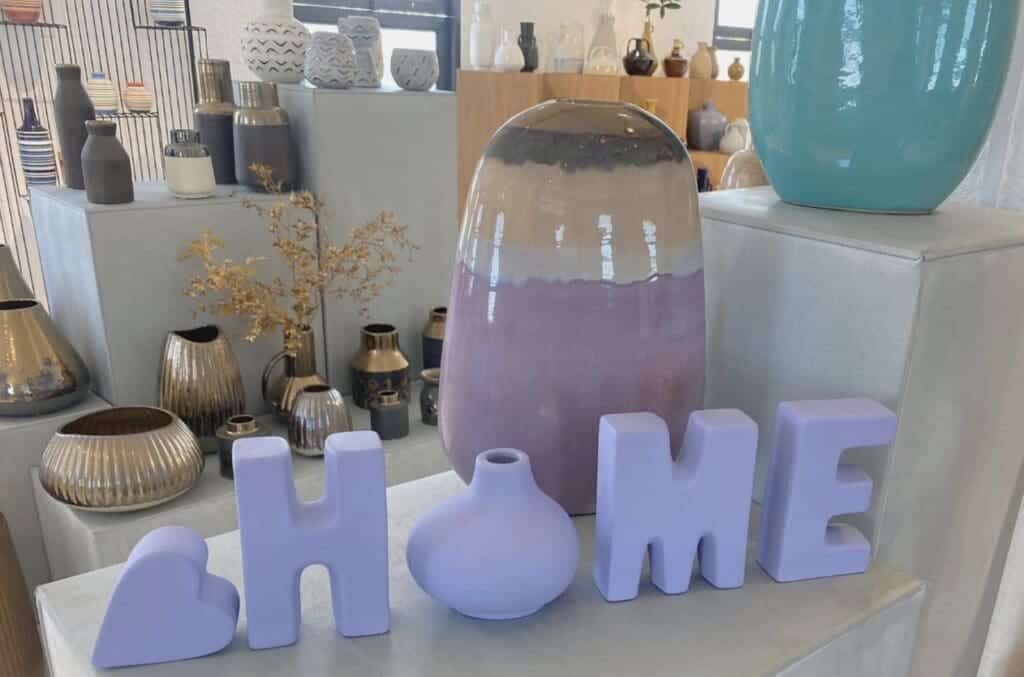
At its most basic level, a ceramic is usually made from a combination of clay, earthen elements, powders, and water. This mixture is shaped into a specific form, depending on its intended use, a simple clay pot or a complex component in an electronic device.
After shaping, the ceramic undergoes a critical transformation process known as firing. This takes place in a specialized high-temperature oven called a kiln. The heat in the kiln triggers chemical and physical reactions in the clay, causing it to harden and gain its characteristic properties such as hardness, durability, and heat resistance.
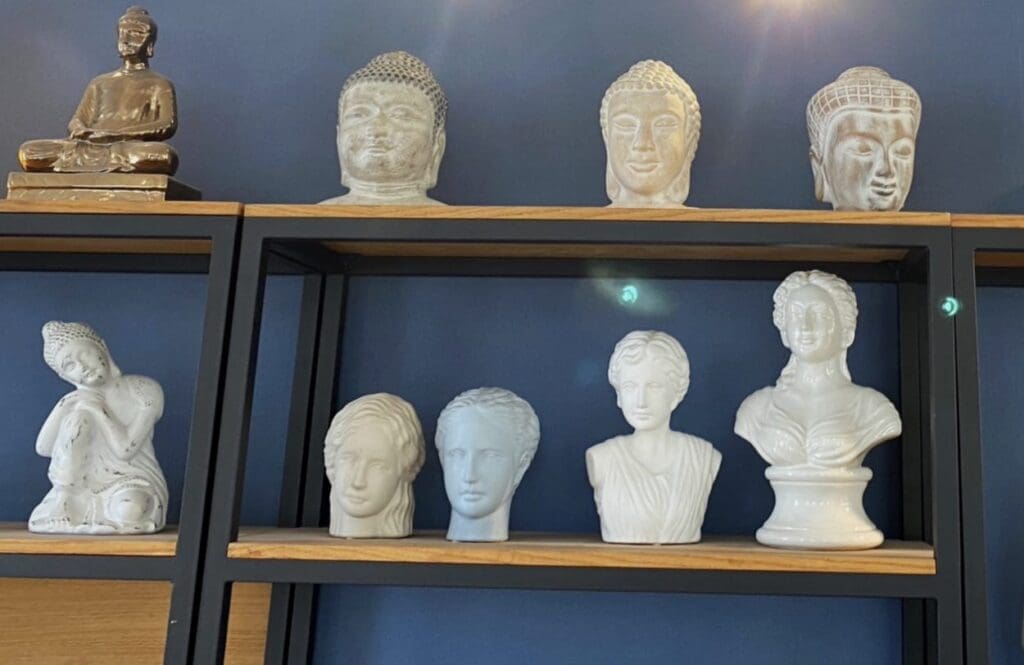
In many cases, ceramics are also treated with a glaze before or after firing. A glaze is essentially a thin layer of glass fused to the ceramic object, providing aesthetic qualities, such as color and texture, and functional benefits, like making the item waterproof or more durable.
This glazing process usually involves applying a liquid suspension of powdered glass to the object, which is then returned to the kiln for a second firing to melt the glaze and fuse it to the surface.
So, What Makes Something Ceramic?
It’s a combination of the materials used, the processes of shaping and firing in a kiln, and often, the glaze application. Whether used for artistic expression, building materials, or advanced technologies, ceramics are a fascinating and versatile class of materials with a rich history and promising future.
The world of ceramics is diverse, offering an array of materials with varied properties and applications. Whether traditional or advanced, ceramics have been woven into human civilization’s fabric, contributing functionally and aesthetically. As technology progresses, ceramics adapt, proving their timeless relevance in old and new applications.
From the potter’s wheel to the aerospace lab, ceramics have, and will continue to have, a pivotal role in shaping our world.
We would love to talk to you if you want to see how we can help you with any of your ceramic production.
Find out more about how Mondoro can help you create, develop, and manufacture excellent home decor and furniture products – don’t hesitate to contact me, Anita. Check out my email by clicking here or become a part of our community and join our newsletter by clicking here.
Mondoro gives out a FREE Lookbook to anyone interested. You can receive a copy of our latest Lookbook by clicking here.
Listen to our Podcast called Global Trade Gal. You can find it on all major podcast platforms. Try out to listen to one of our podcasts by clicking here.
Subscribe to our Mondoro Company Limited YouTube Channel filled with great videos and information by clicking here.
Frequently Asked Questions
What is the definition of ceramics?
Ceramics refer to inorganic, non-metallic materials characterized by their crystalline, glassy, or dual crystalline-glassy structure. They are known for their durability, chemical stability, and ability to transform or densify under heat.
How do ceramics differ from metals and organic materials?
Unlike metals and organic materials, ceramics are inorganic. They exhibit unique properties such as a crystalline structure, chemical stability, and the ability to undergo transformations under high temperatures.
What role have ceramics played throughout history and in different cultures?
Ceramics have been a fundamental element in various cultures across generations. They have been used for artistic, functional, and structural purposes, showcasing their versatility and enduring significance.
What are the key characteristics of ceramics?
Ceramics are characterized by their hardness, chemical stability, and diverse structures, including crystalline and glassy. These properties make ceramics suitable for a wide range of applications, from pottery to advanced technological uses.
How are ceramics formed?
Ceramics are typically formed through the shaping of clay or other raw materials, followed by a process called firing. Firing involves exposing the shaped material to high temperatures, leading to densification and the development of the characteristic ceramic properties.
Can ceramics be transformed or modified after they are formed?
Yes, ceramics can undergo further transformation or modification. Heat treatment, glazing, and other processes allow for adjustments in the ceramic’s properties, making it adaptable to specific applications.
What are some common uses of ceramics in contemporary society?
Ceramics find applications in various industries, including construction (tiles, bricks), electronics (semiconductors, insulators), medicine (dental implants, prosthetics), and art (pottery, sculptures), highlighting their widespread utility.
Are all ceramics rigid and brittle?
While many ceramics are known for their hardness and brittleness, there are also advanced ceramics designed with enhanced flexibility and toughness. These engineered ceramics expand the range of applications, particularly in high-performance and structural roles.
How do ceramics contribute to sustainability?
Ceramics contribute to sustainability through their durability and resistance to corrosion, reducing the need for frequent replacements. Additionally, ceramic materials can often be recycled, promoting eco-friendly practices in various industries.
What is the significance of the crystalline and glassy structures in ceramics?
The crystalline and glassy structures of ceramics contribute to their unique combination of properties, including hardness and chemical stability. These structures also play a crucial role in determining the ceramic’s behavior under different conditions, influencing its applications in diverse fields.
Related Content
How to Manufacture Vietnamese Lacquerware? An Insider’s Guide To Lacquer
Vietnamese lacquer requires many manufacturing steps in the lacquer production process, including making the base, preparing the lacquer base to be applied, and finally, applying the lacquer paint onto the surface. Every piece must be carefully sanded to give it a very smooth surface. Vietnamese lacquerware production requires a lot of skill and knowledge.
You can discover more by reading How to Manufacture Vietnamese Lacquerware? An Insider’s Guide To Lacquer by clicking here.
10 Great Vietnamese Home Décor Product Finishes and Techniques We Love
We love many techniques, materials, and finishes in Vietnam, but some of our favorites are Vietnamese lacquer, mother of pearl, eggshell, and faux paper finishes. We also do some unique woven rattan and linen techniques.
You can discover more by reading 10 Great Vietnamese Home Décor Product Finishes and Techniques We Love by clicking here.
Vietnam’s Top 10 Handicraft Villages Discovered
Today 10 Vietnamese handicraft villages are still manufacturing many of the same products they have produced for hundreds if not thousands of years. Some of these villages include Bat Trang Ceramic Village, Duyen Thai Lacquer Village, Quat Dong Embroidery Village, Van Phuc Silk Village, Kim Son Sea Grass Village, Ninh Binh Water Hyacinth Villages, Chuong My Rattan Village, Thuong Tinh Horn Village, Thanh Oai Conical Hat Village, and Xuan Lai Bamboo Village.
You can discover more by reading Vietnam’s Top 10 Handicraft Villages Discovered by clicking here.

